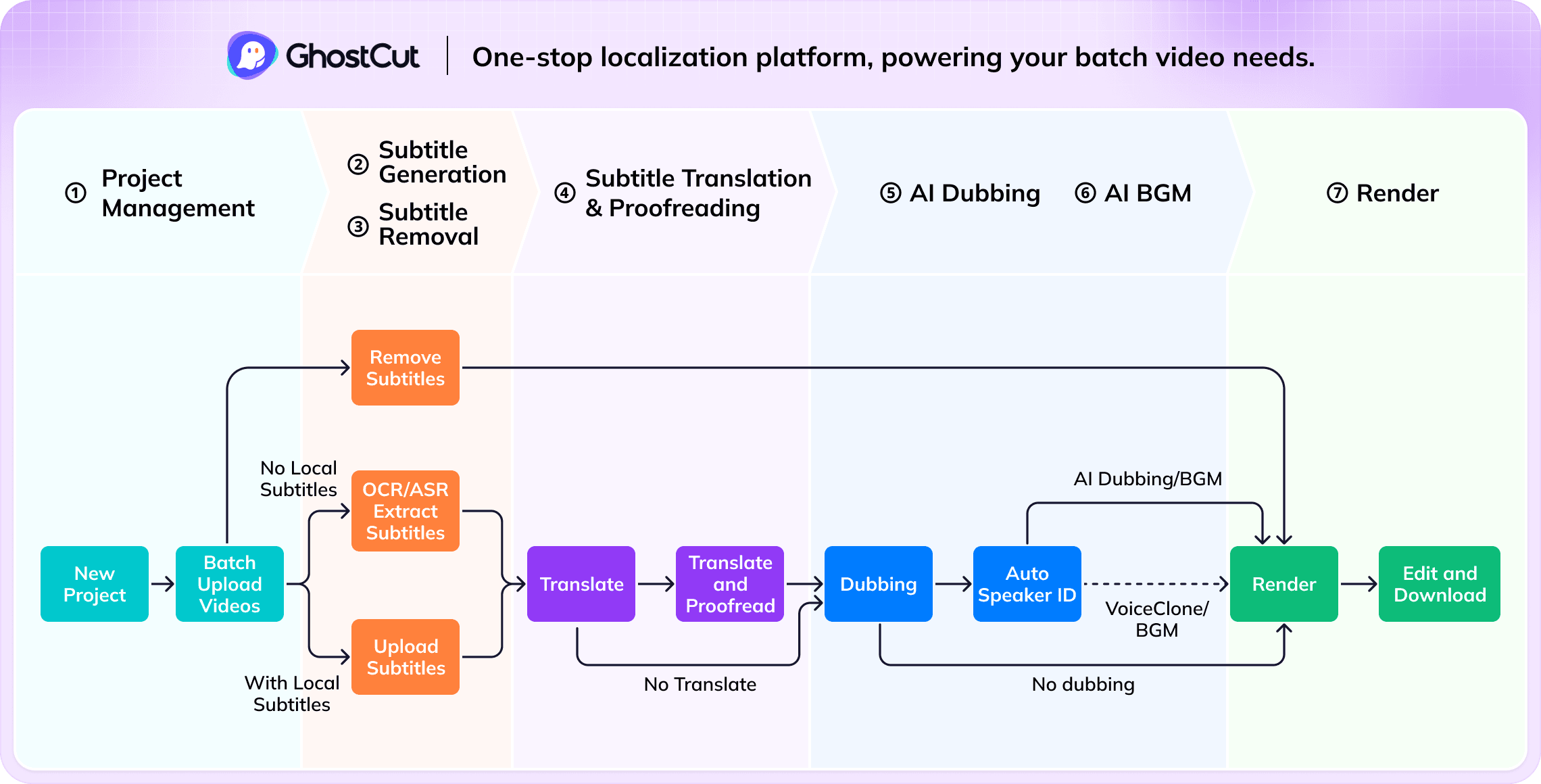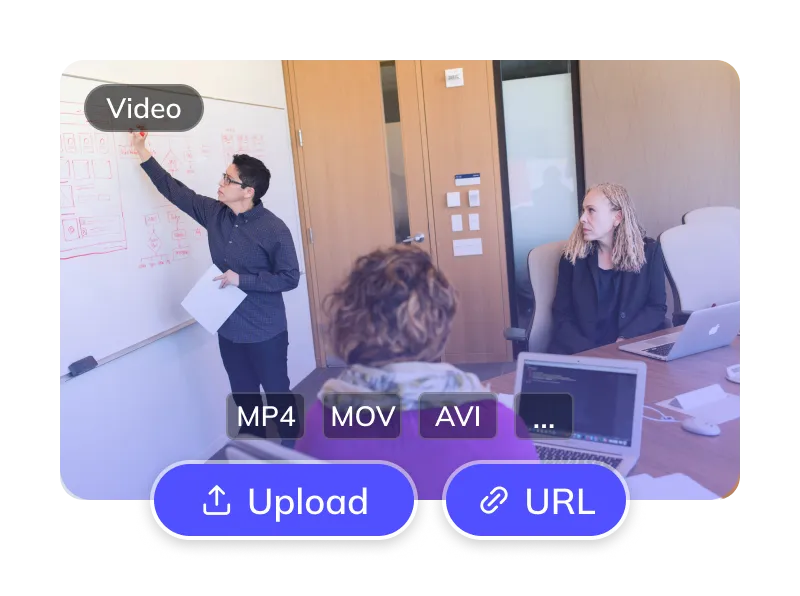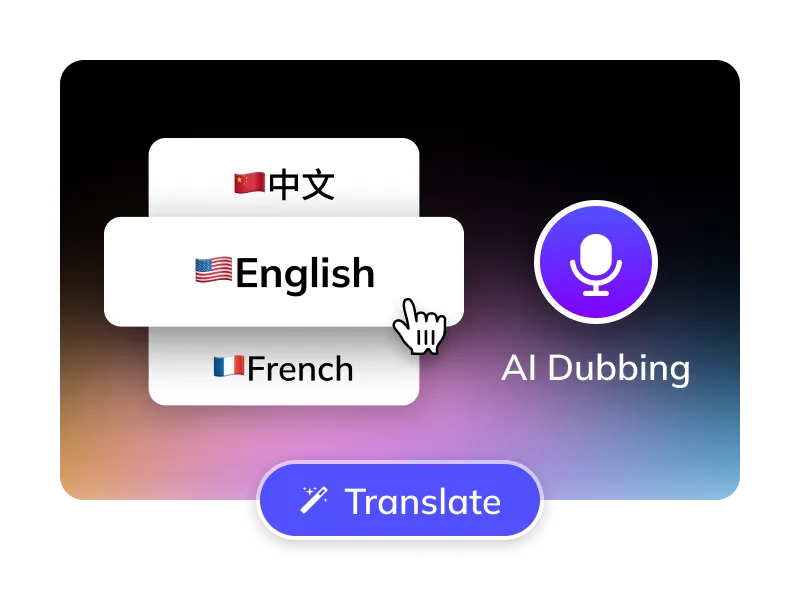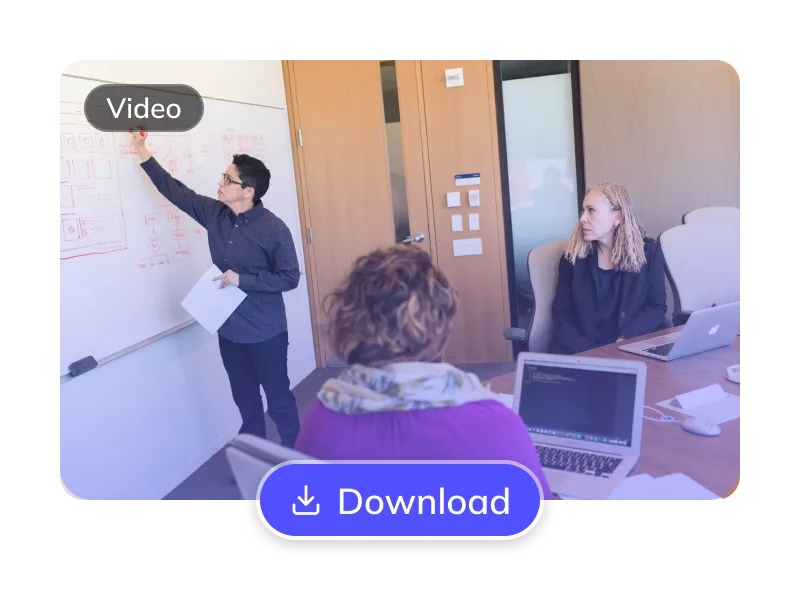How to Translate Japanese Videos to English ?
Translate Japanese Videos to Filipino in 3 Easy Steps
Trusted by 1,500,000+ Global Creators and Businesses
Why GhostCut for Your Video Translations?
GhostCut is your all-in-one AI solution for translating Japanese content into natural, engaging Filipino.
Effortless Project Management
Manage Japanese assets, subtitles, & Filipino videos. Batch process projects efficiently.
Pinpoint Filipino Accuracy
Up to 99.5% accurate. Optimized for Japanese-to-Filipino with LLM calibration & multi-agent review for culturally fluent Filipino translations.
Lifelike Filipino AI Dubbing
Choose from diverse, human-like Filipino AI voices (US/UK accents). Emotion-cloning technology captures original tone for natural Filipino delivery.
Flexible Japanese Subtitle Options
Optionally erase original Japanese hardsubs for a clean slate. Translate embedded Japanese subtitles directly.
Smart Multi-Speaker ID (Japanese)
AI detects multiple speakers in Japanese videos. Assign or clone distinct Filipino voices per character, with cross-episode consistency for complex Filipino dubs (dramas, interviews).
Efficient Batch Processing & API
Batch translate and dub 100s of Japanese videos to Filipino at once. Seamlessly integrate with our robust API.
Versatile BGM Control
Keep or mute original BGM. Our unique tech can also isolate sound effects, meeting diverse copyright and distribution needs.
Unbeatable Value
Flexible Japanese-to-Filipino plans. Try core features free. Automated pro service from just $0.1/minute.
Easy Online Access
No downloads. Instantly translate Japanese videos to Filipino online. Works on Windows, Mac, & major mobile browsers for cloud processing anywhere.
The GhostCut Edge: Unmatched Accuracy, Speed, and Value.
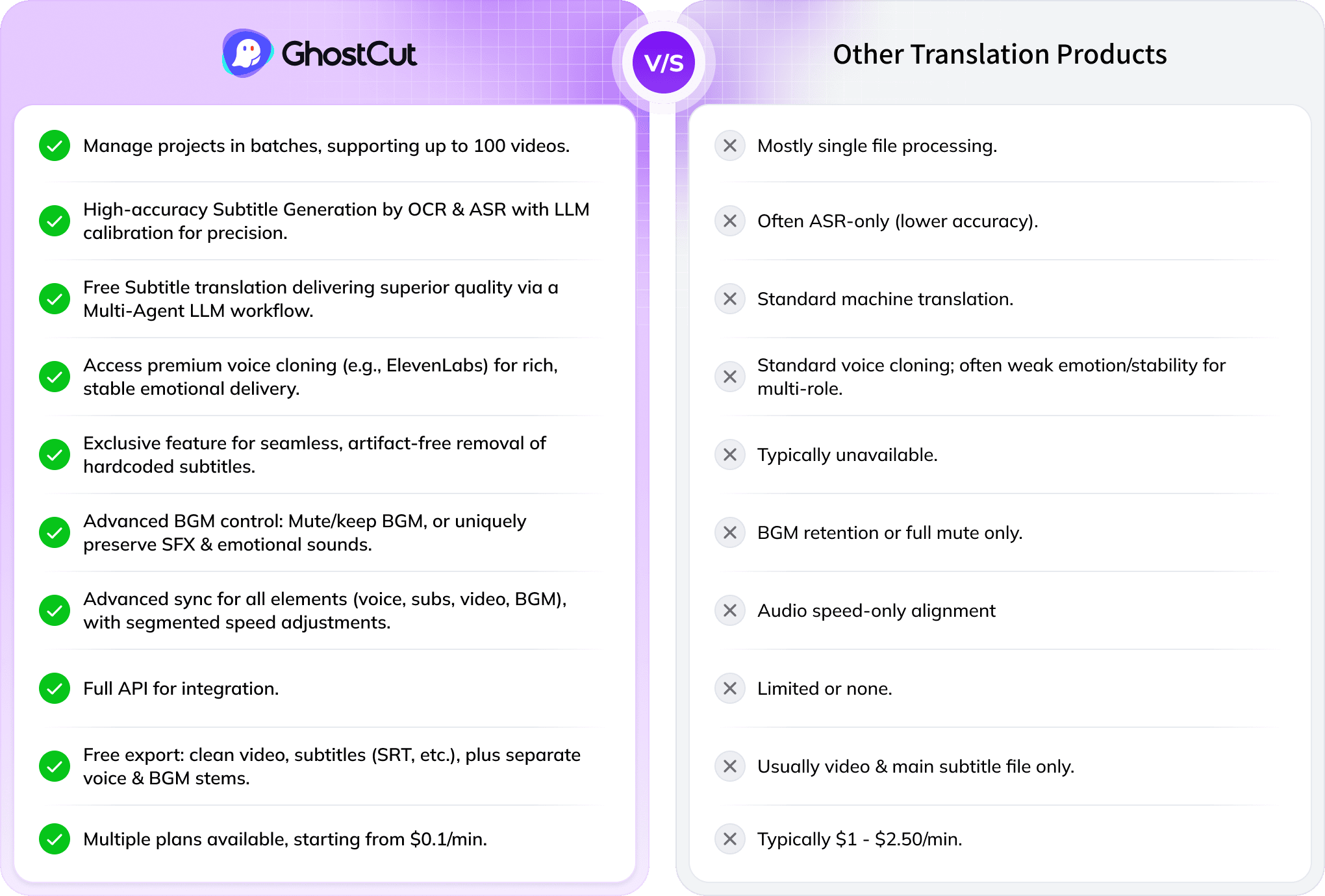
Every Algorithmic Optimization, Engineered for Quality Filipino Video
Mastering Long-Form Japanese Drama & Multi-Character Dubbing
Translating a 100-minute Japanese drama with 4000+ lines and many characters into Filipino is tough. Standard AI struggles to tell speakers apart, causing errors. GhostCut’s multi-modal AI (video, voice, text) excels in long-form, multi-speaker content, ensuring accurate, consistent character voices across entire series.
Translate Now

Seamless Filipino Dubbing & Perfect Lip-Sync
GhostCut ensures natural Filipino audio flow by treating related subtitles as whole ideas for TTS. It then precisely times new Filipino subtitles. Since Japanese-to-Filipino translation can change speech length, our AI expertly adjusts the new Filipino audio, subtitles, video, and BGM to maintain perfect sync, just like a seasoned editor.
Translate NowBoost ROI with Flawless Japanese Subtitle Removal
Original Japanese hardsubs can limit your video's global appeal. GhostCut’s AI doesn't just blur; it intelligently reconstructs the background obscured by Japanese subtitles, even complex ones, for a perfectly clean, high-quality visual. This means better viewer engagement, longer watch times, and higher ROI.
Translate Now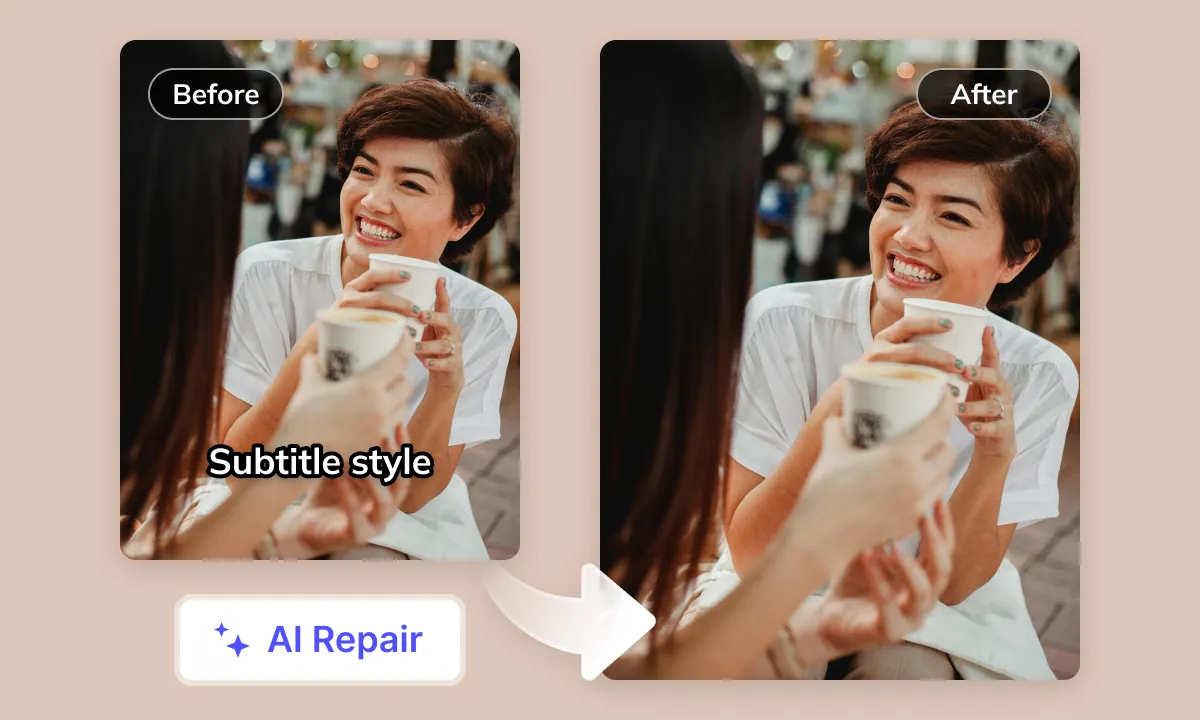

Smart Audio Control for YouTube Creators
Navigating BGM copyright on YouTube is tricky. GhostCut’s advanced audio separation isolates Japanese dialogue for translation, while intelligently managing BGM, sound effects, and even emotional expressions. Our "Keep SFX, Remove Music" option is a creator favorite for avoiding copyright issues without losing your video’s impact.
Translate NowYour Japanese Videos Deserve a Filipino Audience
High-quality Japanese content like anime clips, culture vlogs, and educational videos struggle to reach a large Filipino audience due to language barriers. On platforms like YouTube or TikTok, Japanese videos without accurate Filipino subtitles or natural voiceovers are hard for users to fully understand, impacting viewing experience, engagement, and market potential. This creates an urgent market need for professional, efficient AI Japanese-to-Filipino video translation and dubbing solutions
Japanese to Filipino Video Translation: Insights and Challenges
Embedded Subtitles Native Audio Interference
Embedded Japanese hardcoded subtitles or original Japanese audio in videos, if not effectively removed or processed, can significantly hinder the target Filipino audience's comprehension and absorption of the content
Cultural, Structural, and Lexical Differences
Japanese features unique cultural expressions, a complex honorific system, and distinct sentence structures (e.g., particles, word order) and lexical habits compared to Filipino. Literal translation can lead to loss of cultural nuances, awkward phrasing, incomprehension, or even misinterpretation. The core challenge is achieving accurate translations that also sound natural and idiomatic in Filipino
Japanese Character vs. Filipino Text Space Discrepancy
Japanese characters (Kanji, Kana) are visually compact, whereas Filipino translations, using the Latin alphabet, typically occupy more space. This necessitates re-adjusting subtitle layouts, ensuring proper line breaks, controlling character count per line, and managing subtitle display duration to prevent text from obscuring the screen or flashing too quickly
Disparity in Speech Rate and Information Density
Some Japanese content (e.g., anime, rapid dialogue) has high information density and fast speech rates. When translated into Filipino, the inherent structural characteristics of the language may require longer sentences or more time to convey the same information, posing difficulties in maintaining audio-visual synchronization
Japanese AI Speech Recognition Accuracy Issues
Japanese itself contains various dialects, colloquial expressions, and omissions. In video scenarios with background noise, music, or fast-paced multi-person dialogues, current AI speech recognition accuracy for Japanese can be significantly affected
Scarcity of High-Quality Filipino AI Voices
Despite continuous advancements in AI voice technology, there is still a limited selection of natural, emotionally rich, and authentically pronounced Filipino AI voices available in the market. This makes generating high-quality Filipino voiceovers for Japanese videos via AI a significant challenge
High Difficulty in Lip-Sync Matching
Japanese and Filipino exhibit significant differences in pronunciation methods, oral muscle usage, and mouth shape changes. Consequently, even with high-quality voiceovers, achieving a high degree of lip-sync matching between the dubbed audio and the original Japanese video's character mouth movements remains a formidable technical challenge
Ideal AI Translation Workflow Standards
An ideal Japanese to Filipino AI video translation system should achieve: highly accurate Japanese speech recognition - culturally adaptable and naturally structured Filipino translation - expressive, high-quality Filipino AI voiceovers attempting lip-sync - and precise automatic audio-visual editing and alignment
Tackling Video Translation Challenges with AI Empowering your Japanese content for any worldwide scenario.
Your All-in-One AI Translation Studio
GhostCut offers more than just Japanese-to-Filipino translation. It's a complete AI-powered workflow: subtitle extraction 、 removal 、 translation and proofreading to multi-character dubbing , BGM processing, and final rendering. Go from Japanese source to global-ready videos, effortlessly.
